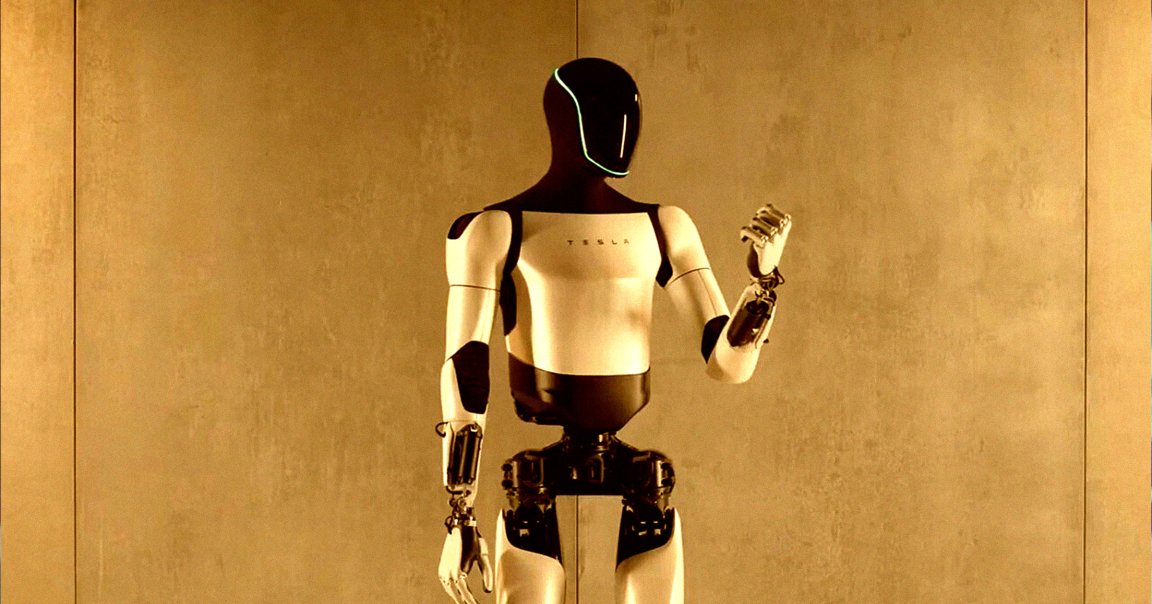
Tesla CEO Elon Musk has bet his EV maker on selling millions of humanoid robots, prognosticating earlier this month that the initiative could eventually make up a whopping 80 percent of Tesla’s value.
He’s promised that the company’s Optimus robot could generate over $10 trillion in revenue in the long term, orders of magnitude more than the amount of money the carmaker made last year.
If Musk is to be believed, the robot could lift the company’s market cap from just over $1 trillion to $25 trillion — by some unspecified date, at least.
But not everybody’s convinced that pouring billions of dollars into bipedal androids designed to do the dishes or fold laundry makes sense.
In a recent blog post, first spotted by Fortune, Rodney Brooks, the cofounder of Roomba vacuum maker iRobot, argued that Musk’s vision of an Optimus robot-filled future is “pure fantasy thinking.”
“Today’s humanoid robots will not learn how to be dexterous despite the hundreds of millions, or perhaps many billions of dollars being donated by VCs and major tech companies to pay for their training,” he wrote.
Instead, he argued, “we will have plenty of humanoid robots fifteen years from now, but they will look like neither today’s humanoid robots nor humans.”
Brooks pointed to the difficulty of simulating human touch, rather than just limb dexterity, in robots. Despite “many hands modeled on human hands, with articulated fingers” having been built over the “last few decades,” human-like dexterity has remained tricky.
While the current crop of robot companies are using machine learning to physically teach humanoid robots new tricks, “we do not have such a tradition for touch data,” Brooks argued.
“To think we can teach dexterity to a machine without understanding what components make up touch, without being able to measure touch sensations, and without being able to store and replay touch is probably dumb,” he wrote. “And an expensive mistake.”
Indeed, as The Information reported in July, Tesla has been struggling with technical problems related to Optimus’ hands, causing production to fall far behind Musk’s lofty goal of producing 5,000 Optimus robots this year.
Complicating matters is a massive surge in competition. In the US, AI robotics company Figure has made major strides with its Figure 02 robot, demonstrating a wide variety of skills, from loading dishwashers to sorting packages at a logistics warehouse.
In China, robotics company Unitree has made major strides in making humanoid robots more affordable, with its G1 starting at a mere $16,000.
But whether focusing on robots that resemble the human form even makes sense in the first place remains to be seen, according to Brooks. Legs will also end up being a costly distraction, he argued.
“Before too long (and we already start to see this) humanoid robots will get wheels for feet, at first two, and later maybe more, with nothing that any longer really resembles human legs in gross form,” Brooks wrote. “But they will still be called humanoid robots.”
“There will be many, many robots with different forms for different specialized jobs that humans can do,” he concluded. “And a lot of money will have disappeared, spent on trying to squeeze performance, any performance, from today’s humanoid robots.”
“But those robots will be long gone and mostly conveniently forgotten,” Brooks wrote.
More on Optimus: Elon Musk’s New Optimus Robot Demo Is So Painful It Will Make You Wince